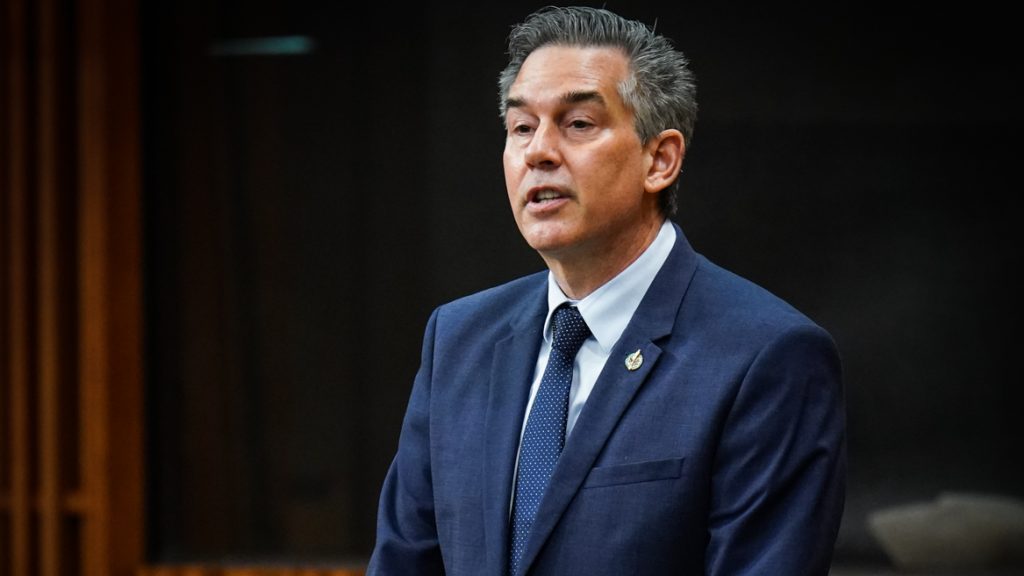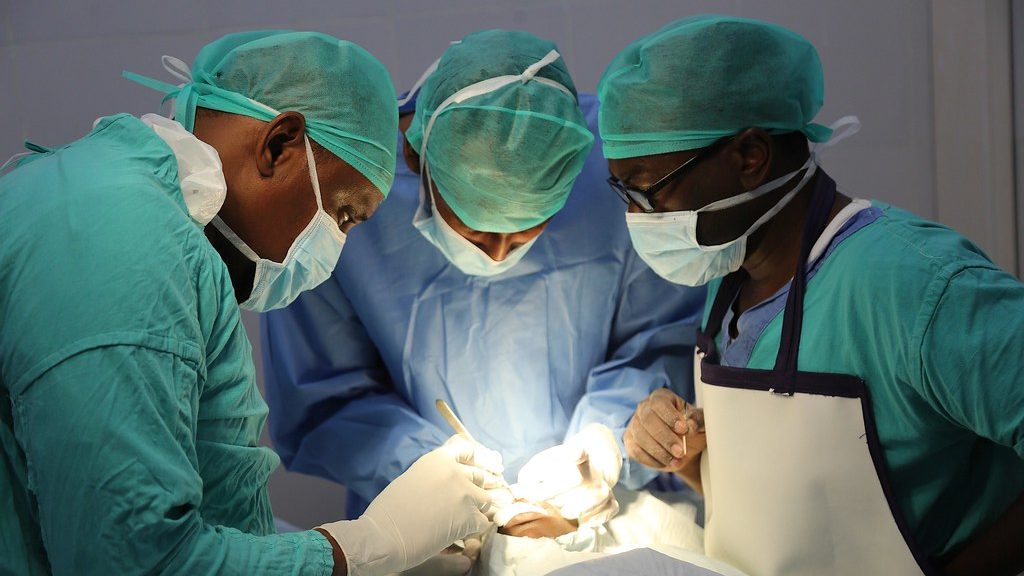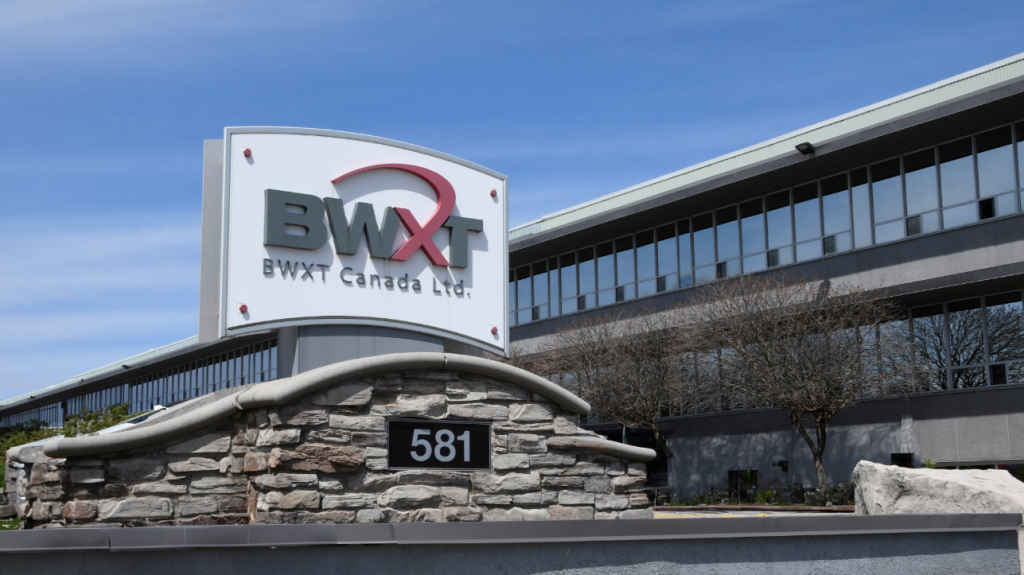‘I have no walls:’ resident says too soon to lift emergency state in High River
Posted Jul 12, 2013 04:52:14 PM.
This article is more than 5 years old.
HIGH RIVER, Alta. – Bernie Hartford says it’s way too soon to try to pretend things are back to normal in flood-ravaged High River in southern Alberta.
The state of emergency was lifted in the town south of Calgary on Friday, but there was nothing normal about her home on a tree-lined street in the neighbourhood of McLaughlin Meadows.
Piles of garbage, drywall, garden hoses and debris were piled on sidewalks. A front-end loader was scooping up huge shovels of rubble and dumping it into dump trucks and semi-trailer units.
“We lost seven rooms in total. We don’t have hot water. There’s no power. I have no walls. I can’t lock my house,” Hartford told The Canadian Press as she waited for the delivery of a new hot-water tank.
Her front door, still hung with yellow police tape, has a message spray-painted on it: “Unsafe. Do not enter.”
Hartford, her husband and three children have not been able to stay in one place as a family. They are scattered around different homes and have been together twice since the June 20 flood submerged large portions of the town under dirty water.
“It shouldn’t be lifted,” Hartford said. “Some people aren’t in their homes … I’m really lucky I can walk in my home, but some people can’t walk in theirs. It’s not fair.
“This is a state of emergency and it will be for a long time.”
The Alberta minister in charge of High River’s rebuilding said nothing is to be gained from prolonging the provincial state of emergency.
“People are opening businesses and people want to get back to some normalcy and we’re seeing that happening,” Fraser said as he toured a temporary neighbourhood being built for displaced residents.
“There’s no need for the provincial state of emergency … the town will continue its local state of emergency and we will be there to support them.”
Huge clouds of dust billowed from construction equipment on the new 40-hectare site Friday. Long lines of trailers were already in place and large trucks were hauling in more.
Crews are working around the clock to finish the temporary housing site which will be able to handle about 1,250 people.
“It’s going to be crowded, but people are going to have a bed and a warm place to sleep and three meals a day, which is the best that we can ask for until they get their houses in order and get back to their lives,” said John Evans of the Emergency Operations Centre.
The site will have laundry facilities, a recreation centre and three kitchens to provide food for people who could be living there from weeks to months. Evans, who was involved in planning and setting up the new neighbourhood, said the goal is to include playgrounds and even a dog run.
“Obviously this isn’t a planned community that is going to have the wonderful amenities you would have in a normal community, but we’re going to do the best we can.”
A look inside one of the family trailers reveals a living room with a sofa, chair and television. There are shared laundry facilities and a simple bedroom with a closet. More basic “Jack and Jill” units have a bedroom and a shared bathroom.
The smaller units could be ready in a couple of weeks.
“There may be sections that we can open up for … people who are single or working at local businesses, so they can continue with their lives and have some certainty,” Fraser said.
“When we get to the family units, we want to make sure all the things are there for the family, so it’s not just the building and the beds,” he continued.
“It’s making sure they have playgrounds and places to recreate … until things come back to life in High River.”
It’s hard to know how many people plan to resettle in the devastated community or how many will leave.
Despite her concerns, Hartford is sure of one thing:
“We’re going to rebuild. High River is a really nice town.”










